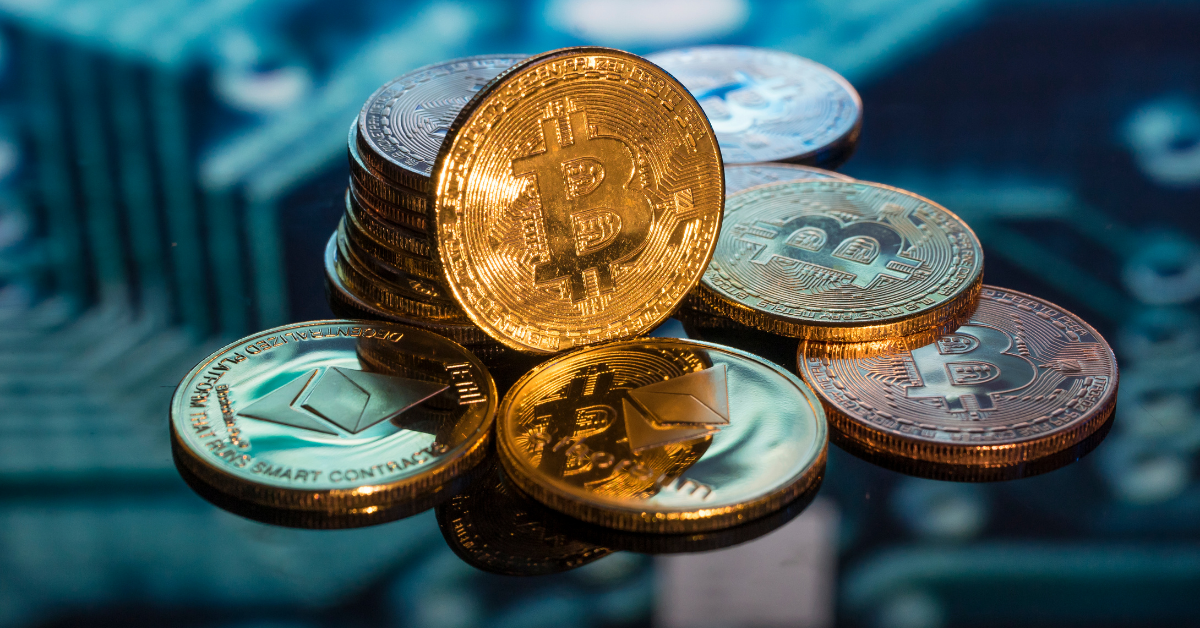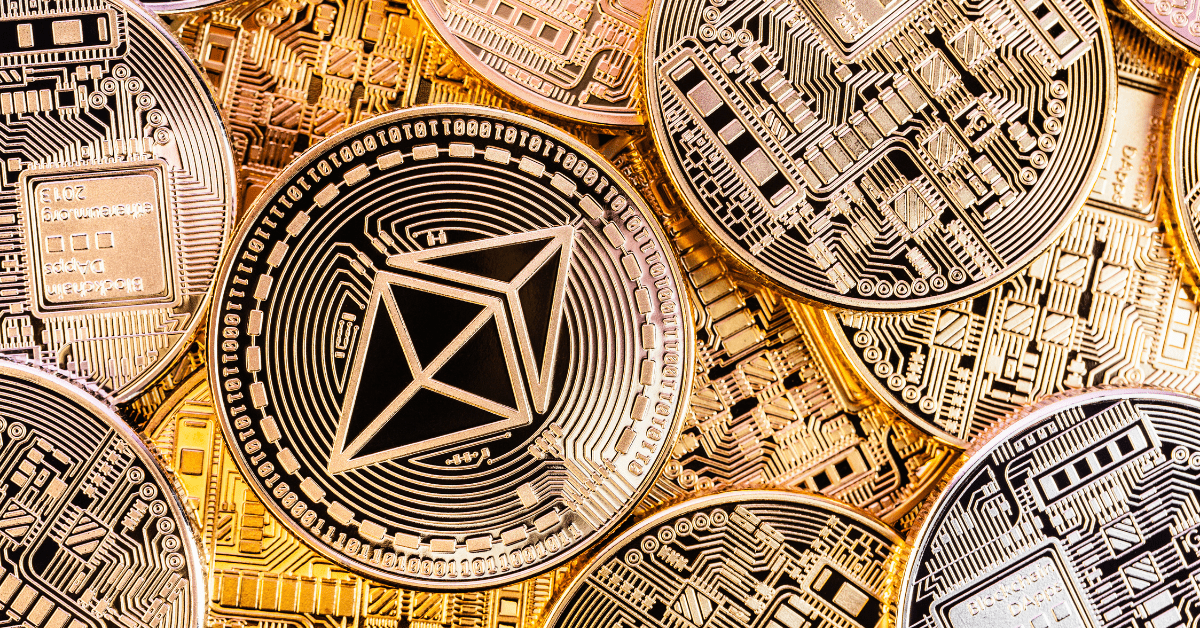Discover the origins, mission, and impact of Uniswap, the mechanics of decentralized exchanges, liquidity implementation, key innovations, and the role of UNI token in the crypto ecosystem.Are you curious about Uniswap and want to delve into the world of decentralized exchanges? Look no further, as we decode the ins and outs of Uniswap in this brief overview.
Uniswap has been making waves in the cryptocurrency world, and it’s essential to understand its origins, mission, and impact on the crypto ecosystem. In this blog post, we’ll take a closer look at the mechanics of Uniswap, explain liquidity implementation, and explore key innovations, including the role of the UNI token.
Whether you’re a seasoned crypto enthusiast or just starting to dip your toes into the world of decentralized finance, this blog post will provide you with valuable insights into the revolutionary Uniswap platform and its significance in the crypto space. Let’s embark on this journey to unravel the mysteries of Uniswap and gain a better understanding of its impact on the ever-evolving crypto ecosystem.
Uniswap Origins and Mission
Uniswap was founded in 2018 by Hayden Adams, a former engineer at Siemens. The idea behind Uniswap was to create a decentralized exchange (DEX) that would allow users to trade cryptocurrencies without the need for intermediaries. The mission of Uniswap is to provide a seamless and efficient platform for exchanging digital assets, while also promoting financial inclusion and empowerment.
Uniswap’s origins can be traced back to Adams’ frustration with the inefficiencies of traditional exchanges, which often suffer from issues such as high fees, slow settlement times, and lack of transparency. This led him to develop a new automated market maker (AMM) model that would improve the trading experience for users.
The mission of Uniswap is to democratize access to financial services and create a more open and inclusive global financial system. By enabling peer-to-peer transactions and eliminating the need for intermediaries, Uniswap aims to empower individuals and communities to take control of their financial destinies.
Overall, Uniswap’s origins and mission reflect a commitment to innovation, efficiency, and inclusivity in the world of decentralized finance (DeFi).
Understanding Decentralized Exchanges (DEX)
Decentralized Exchanges (DEX) are a crucial component of the cryptocurrency ecosystem, providing a platform for users to trade digital assets without the need for a central authority. Unlike traditional exchanges, DEXs operate on decentralized networks, allowing users to retain control of their funds and trade directly with one another. This eliminates the need for intermediaries and reduces the risk of censorship and security breaches.
One of the key features of DEXs is their focus on privacy and security. By leveraging blockchain technology, DEXs ensure that user data and transactions are secure and confidential. This level of privacy is particularly appealing to individuals who prioritize anonymity and value the benefits of decentralization.
Another important aspect of DEXs is their resilience to censorship and regulatory intervention. Since DEXs are built on decentralized networks, they are immune to government censorship and restrictions. This ensures that users can continue to trade and transact freely, irrespective of external factors.
Overall, understanding decentralized exchanges is essential for anyone looking to participate in the cryptocurrency market. By grasping the intricacies of DEXs, individuals can make informed decisions and navigate the decentralized finance landscape with confidence.
The Mechanics of Uniswap Explained
Uniswap is a decentralized exchange (DEX) that was launched in 2018 on the Ethereum blockchain. Its main goal is to provide a platform for users to easily swap ERC20 tokens without the need for an intermediary. This means that users can trade directly from their wallets, without having to create an account or trust a third party with their funds. Uniswap operates on a system of automated market makers (AMM) which allows for decentralized token swaps based on a simple equation, providing liquidity for traders.
The mechanics of Uniswap are based on the constant product formula, which is used to determine the price of assets in the pool. This formula takes the product of the number of tokens in the pool and sets it equal to a constant. As the pool changes with trades, the price of the tokens adjusts to maintain this equilibrium. This means that when a user makes a trade on Uniswap, they are essentially swapping tokens with the pool, rather than with another party directly.
Another key aspect of Uniswap is its use of liquidity pools, which are created by users who deposit an equal value of two tokens into a smart contract. These pools help to facilitate trades by providing the necessary funds for swaps. In return, users receive a portion of the trading fees generated by the pool, incentivizing liquidity providers to contribute to the platform.
Overall, the mechanics of Uniswap provide a transparent and efficient way for users to trade tokens on the Ethereum network. By eliminating the need for a central authority and relying on smart contracts and AMMs, Uniswap has revolutionized the way decentralized exchanges operate, paving the way for a more secure and accessible trading environment in the crypto space.
Liquidity Implementation in Uniswap
Uniswap is a decentralized exchange (DEX) that has gained popularity in the crypto world due to its unique approach to liquidity implementation. In Uniswap, liquidity is provided through liquidity pools, which are smart contracts that hold reserves of two different tokens. These pools enable users to exchange one token for another without the need for an intermediary, such as a traditional exchange. This implementation of liquidity has revolutionized the way in which decentralized exchanges operate.
One of the key aspects of Uniswap‘s liquidity implementation is the concept of automated market making. This means that the price of tokens in a liquidity pool is determined algorithmically based on the ratio of the two tokens in the pool. As a result, there is always a constant and transparent price for trading tokens, which eliminates the need for order books and spreads. This mechanism has made Uniswap an attractive platform for traders and investors looking for efficient and cost-effective trading.
Another important feature of Uniswap‘s liquidity implementation is the role of liquidity providers. These are individuals or entities that deposit an equal value of two different tokens into a liquidity pool in order to earn a share of the trading fees generated by the pool. By providing liquidity, these participants contribute to the stability and efficiency of Uniswap’s trading environment, while also earning passive income from their deposited tokens.
In addition to these fundamental aspects of liquidity implementation, Uniswap’s use of Ethereum smart contracts and the UNI token have further enhanced the platform’s liquidity. The UNI token, which was introduced to incentivize and govern the Uniswap protocol, plays a crucial role in attracting and retaining liquidity providers by offering them rewards and voting rights. This innovative approach has significantly impacted the liquidity landscape in the crypto ecosystem.
Key Innovations and UNI Token Role
Uniswap has introduced several key innovations that have had a significant impact on the cryptocurrency ecosystem. One of the most important innovations is the concept of automated market making, which allows users to trade ERC-20 tokens without the need for an intermediary. This has greatly increased the accessibility and efficiency of decentralized exchanges (DEX), as it eliminates the need for order books and centralized exchange operators.
Another key innovation is the introduction of the UNI token, the native token of the Uniswap platform. UNI plays a crucial role in the governance of the Uniswap protocol, allowing token holders to vote on important decisions and proposed changes. This gives users a sense of ownership and control over the platform, fostering a community-driven ecosystem.
The UNI token has also played a significant role in incentivizing liquidity providers on the Uniswap platform. By rewarding users with UNI tokens for providing liquidity to various pools, Uniswap has been able to attract a diverse range of assets and liquidity to its platform, further bolstering its position as a leading DEX in the cryptocurrency space.
In conclusion, the key innovations introduced by Uniswap, along with the pivotal role played by the UNI token, have revolutionized the decentralized exchange landscape and have had a profound impact on the wider crypto ecosystem.
Impact on the Crypto Ecosystem
Uniswap has emerged as a key player in the world of decentralized finance, offering a revolutionary approach to cryptocurrency exchange and trading. Its impact on the crypto ecosystem has been significant, influencing everything from liquidity provision to governance models within the space.
One of the most notable impacts of Uniswap on the crypto ecosystem has been its role in promoting the concept of decentralized exchanges (DEX). By providing a platform for users to trade directly with one another, without the need for intermediaries, Uniswap has helped to shift the perception of exchanges away from centralized entities and towards community-driven platforms.
Furthermore, the introduction of the UNI token has had a profound impact on the crypto ecosystem. As the governance token of Uniswap, UNI has empowered users to have a say in the platform’s future development and direction. This level of community involvement and ownership represents a significant departure from traditional exchange models, and has implications for the decentralized governance of future crypto projects.
Overall, the impact of Uniswap on the crypto ecosystem cannot be overstated. Its innovative approach to decentralized exchange, liquidity provision, and governance has set a new standard for the industry, and its influence is likely to continue shaping the future of crypto for years to come.
 Crypto Journal: Analyses, News, and Developments – Coin Chronicle Platform Coin Chronicle is your go-to source in the dynamic world of cryptocurrencies.
Crypto Journal: Analyses, News, and Developments – Coin Chronicle Platform Coin Chronicle is your go-to source in the dynamic world of cryptocurrencies.




